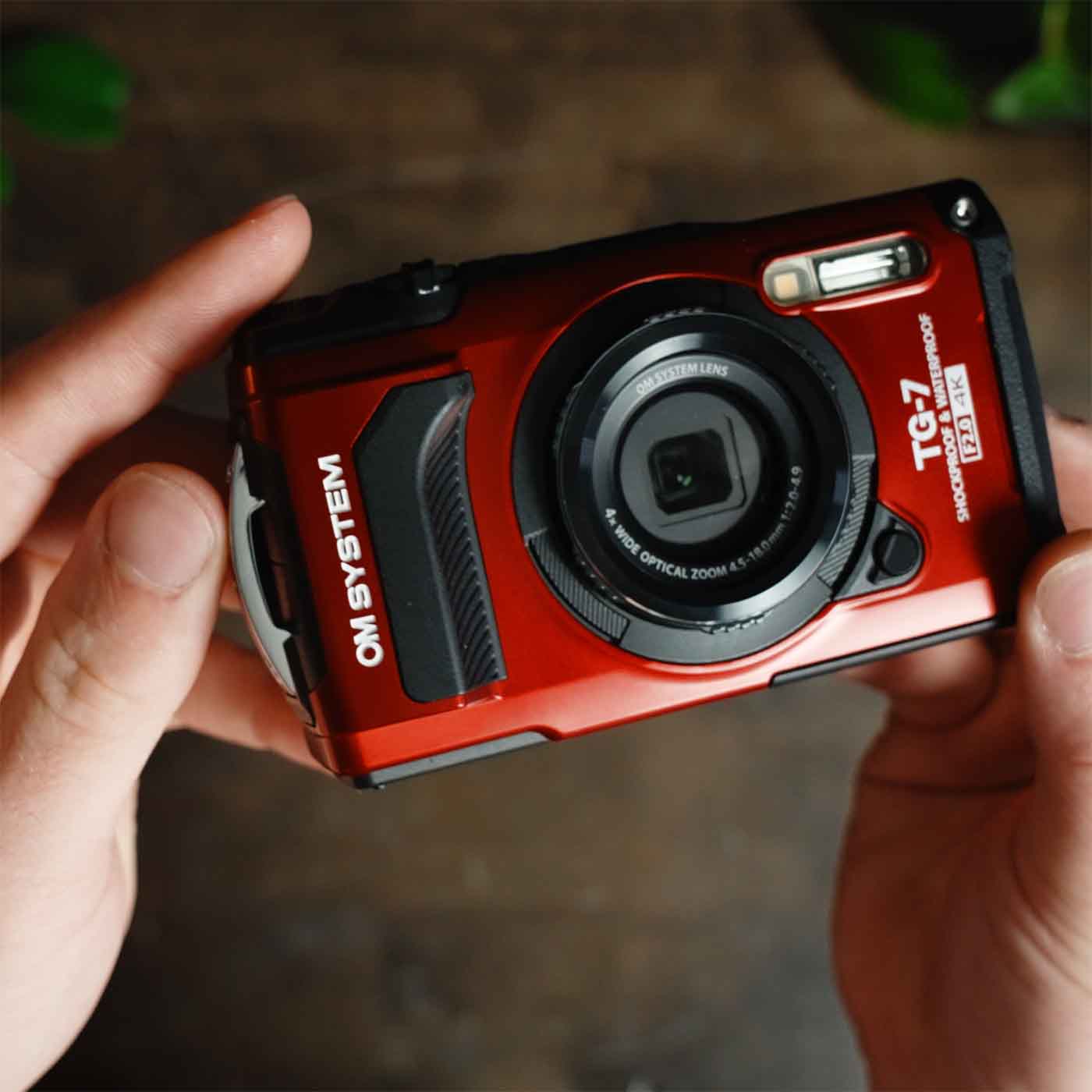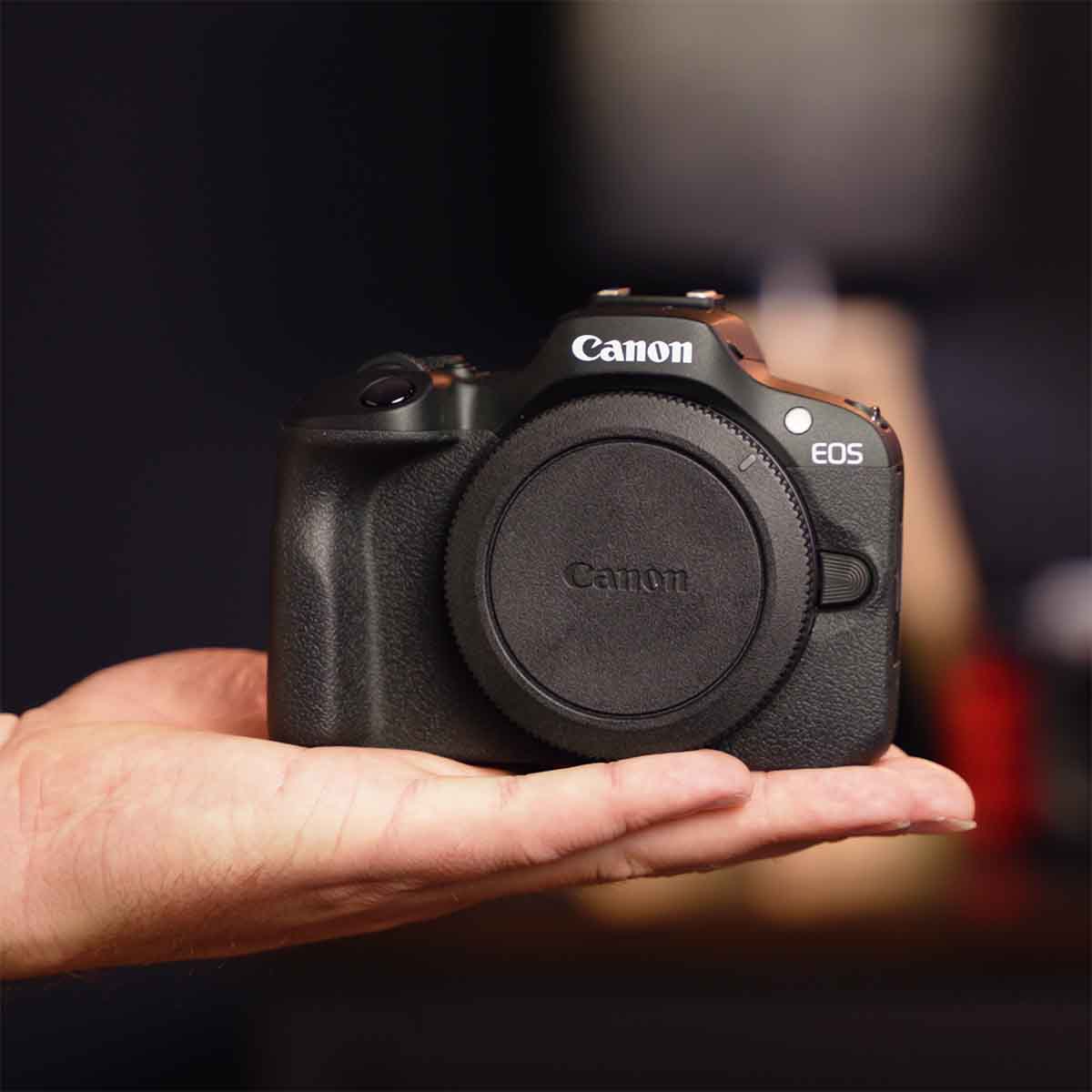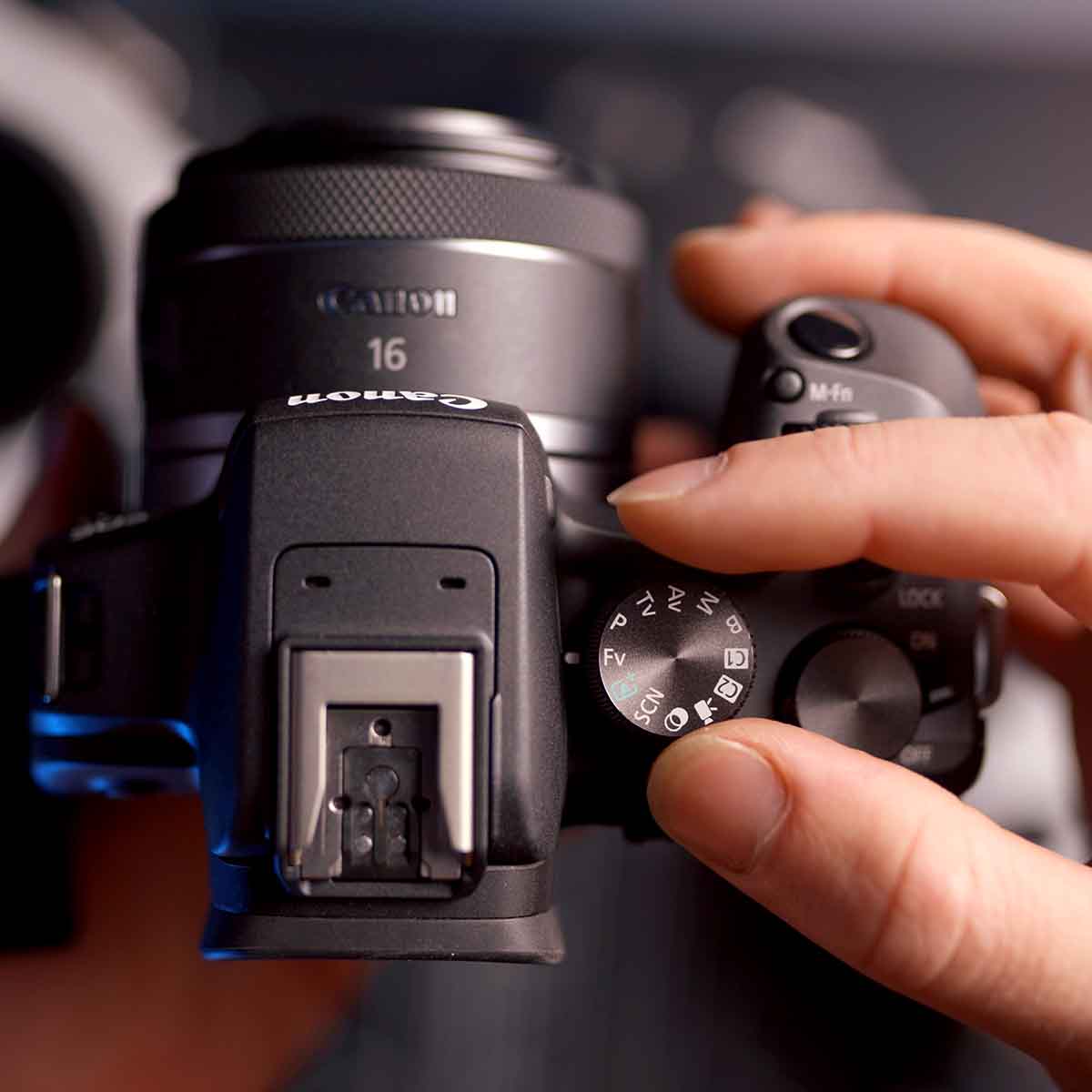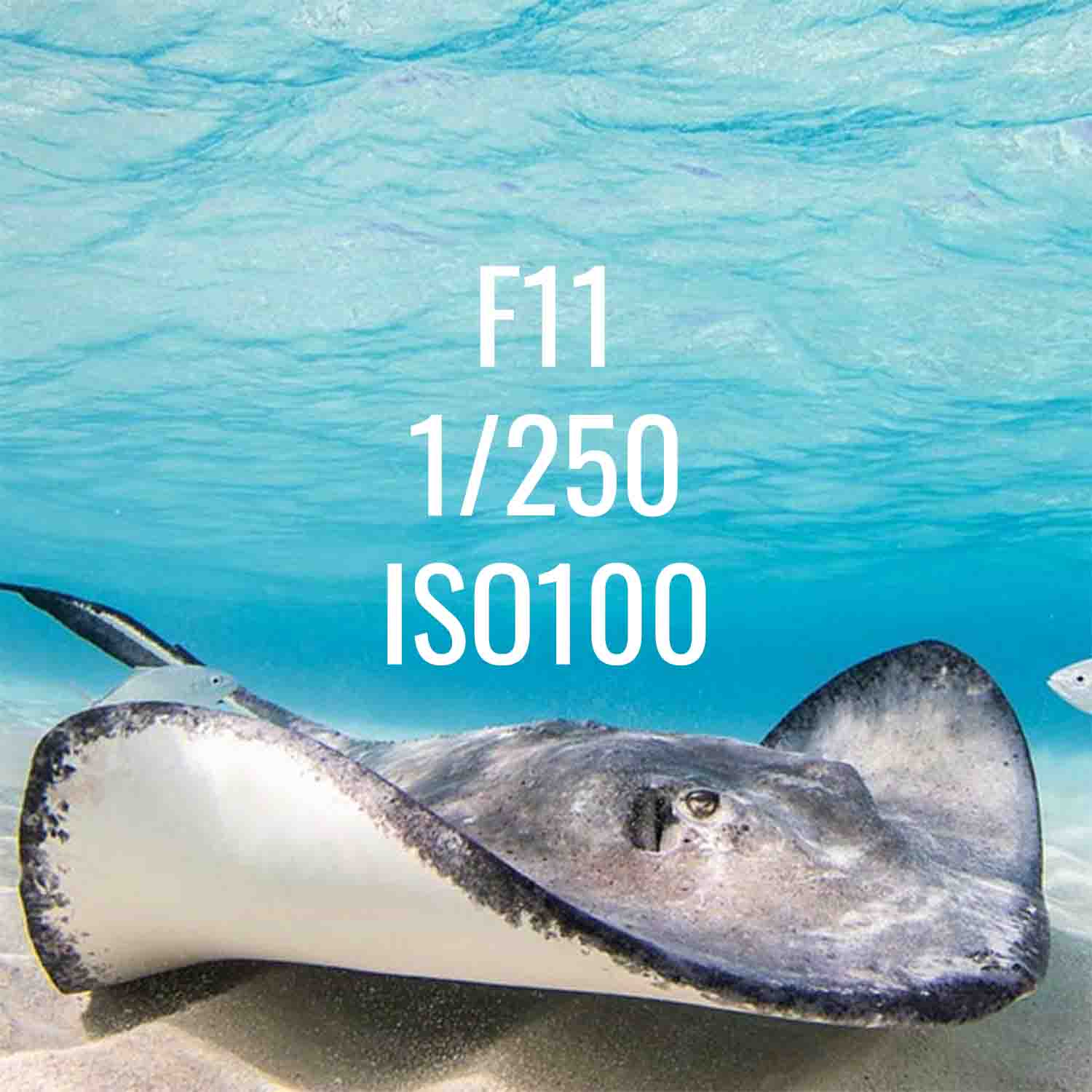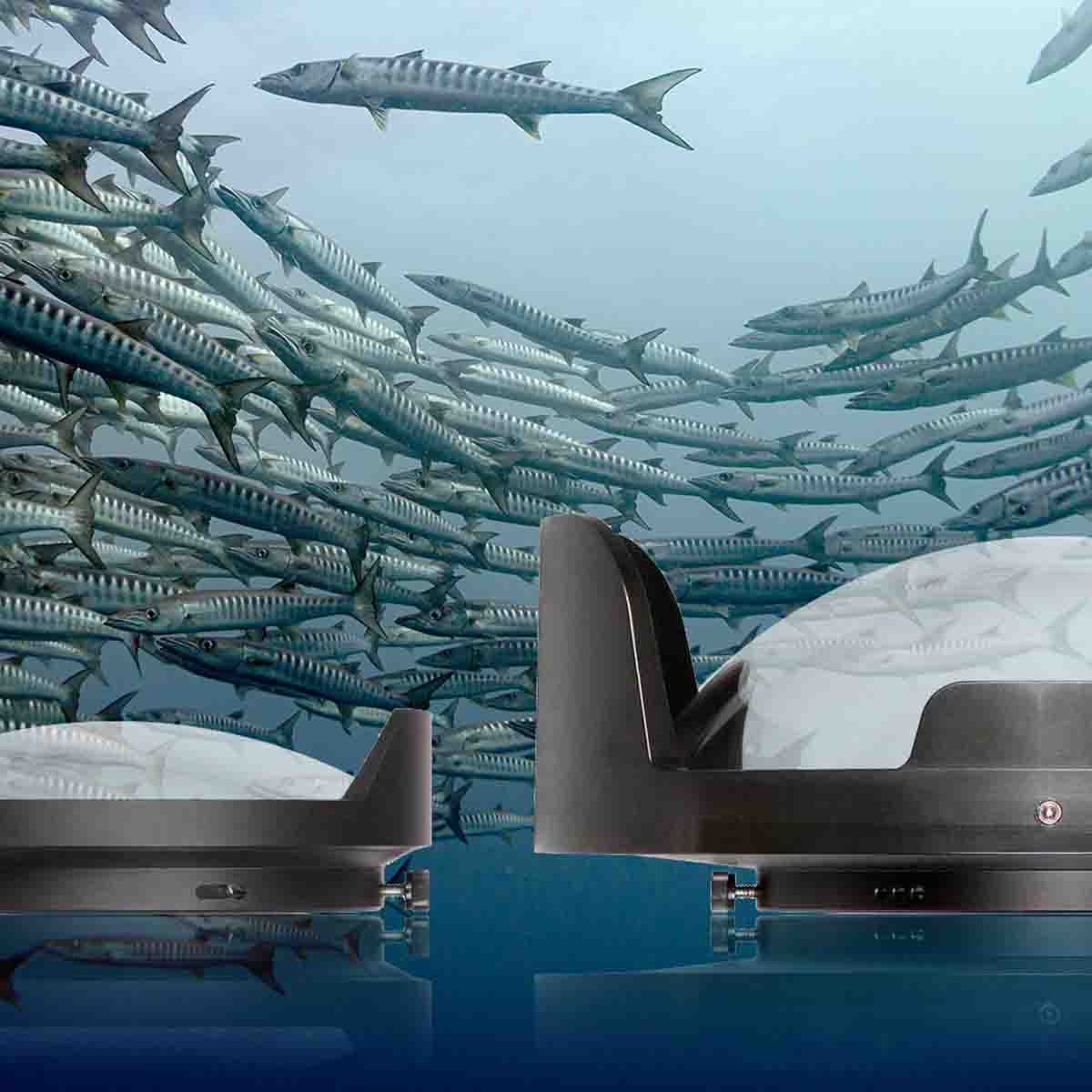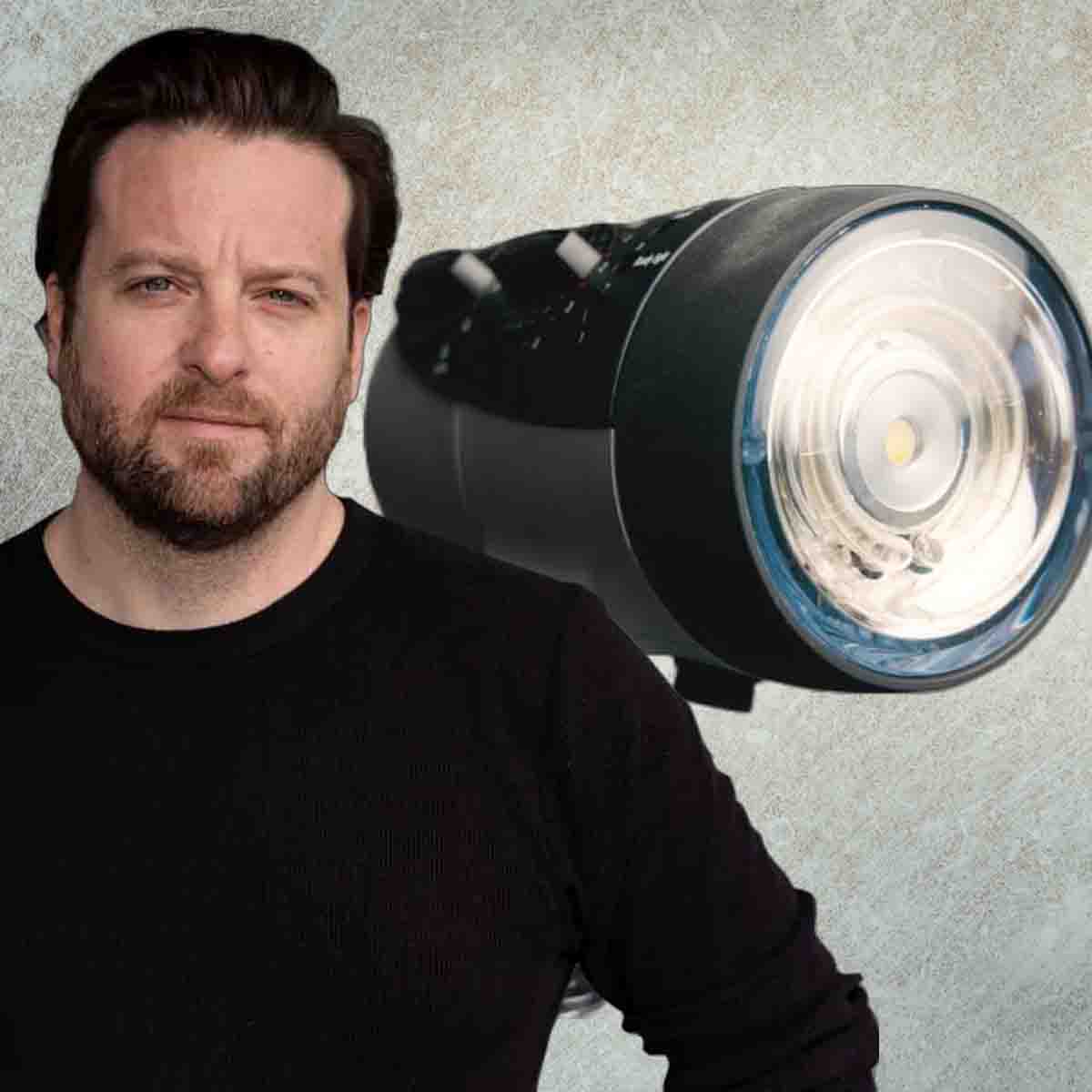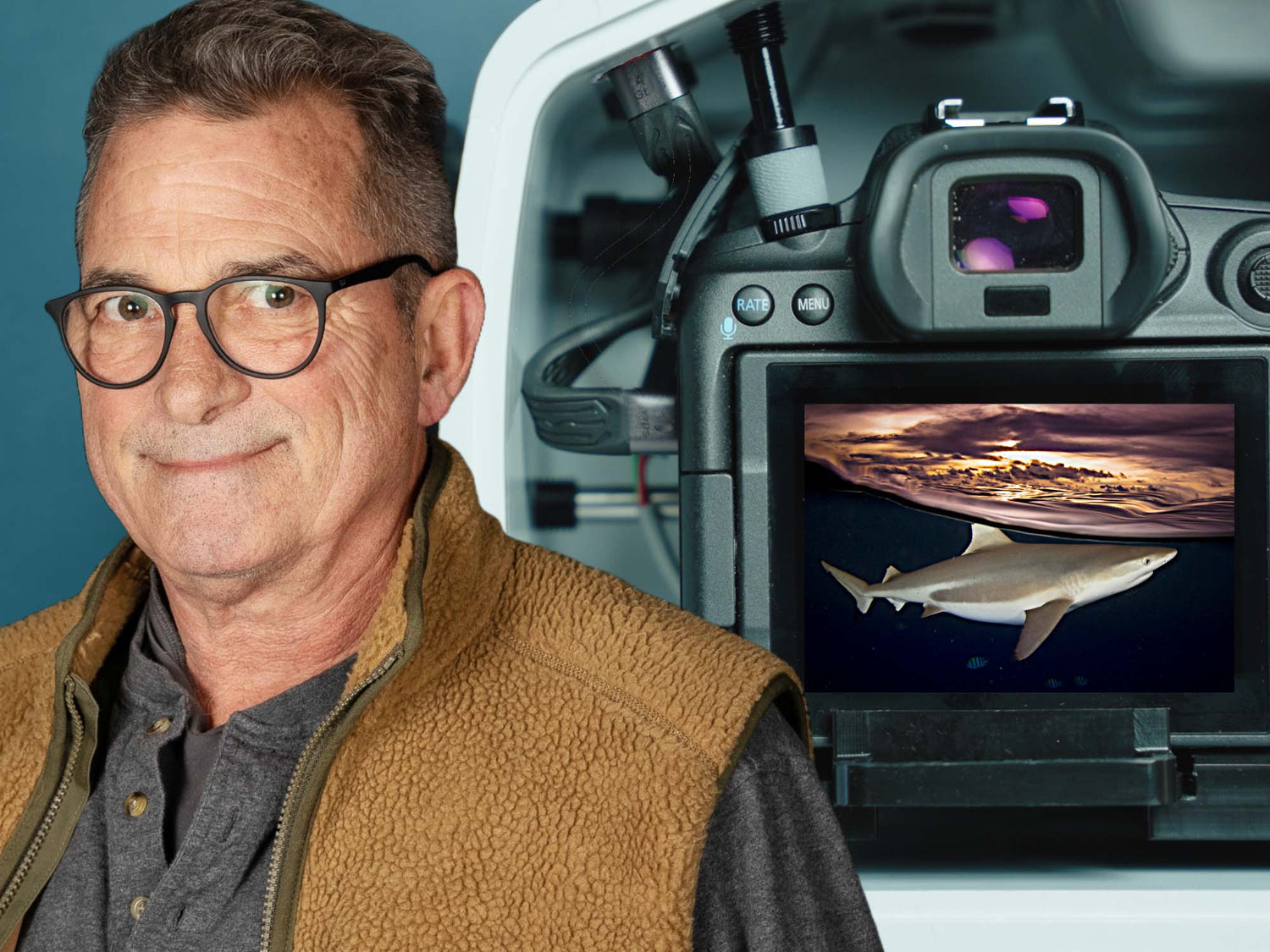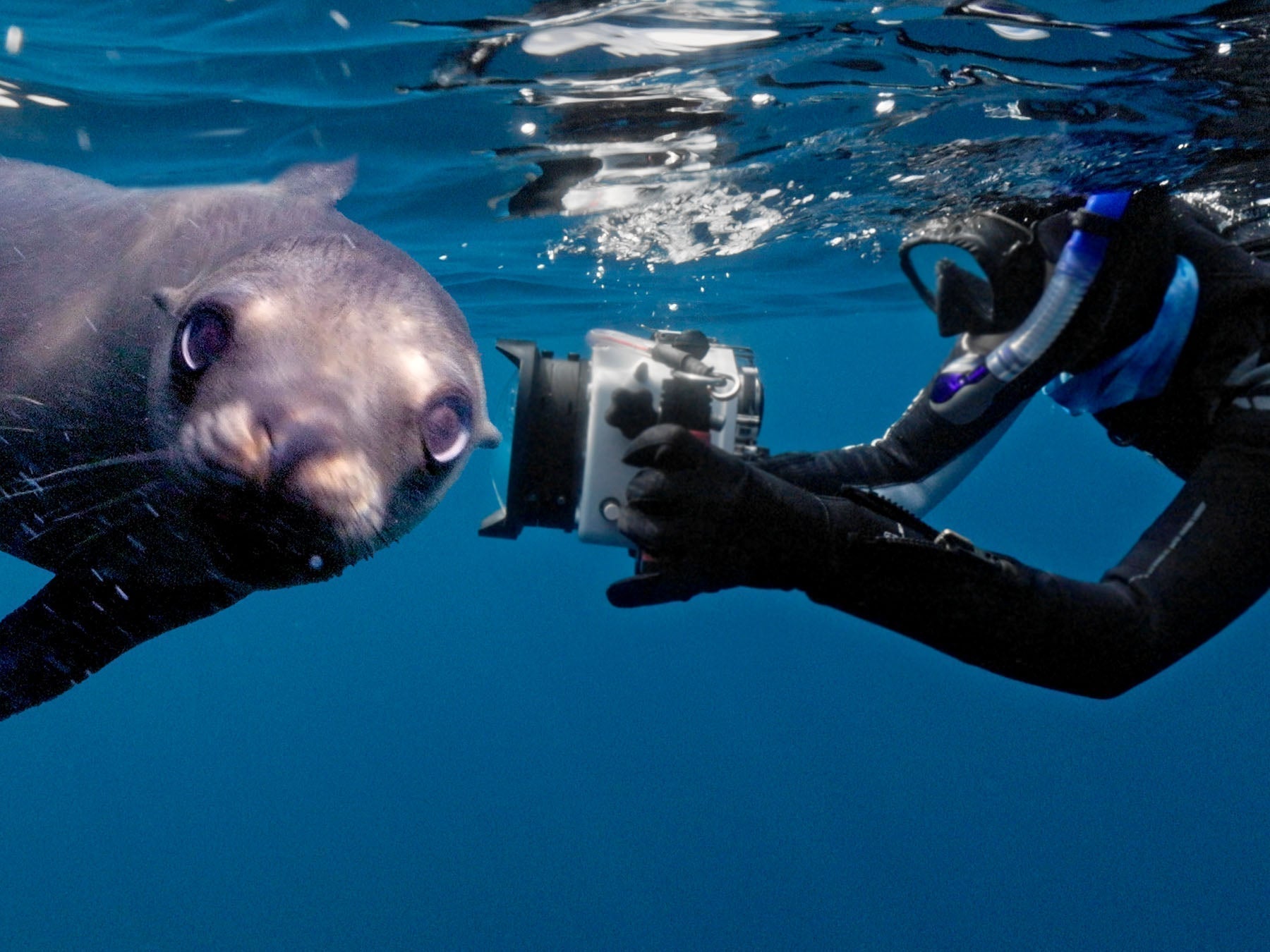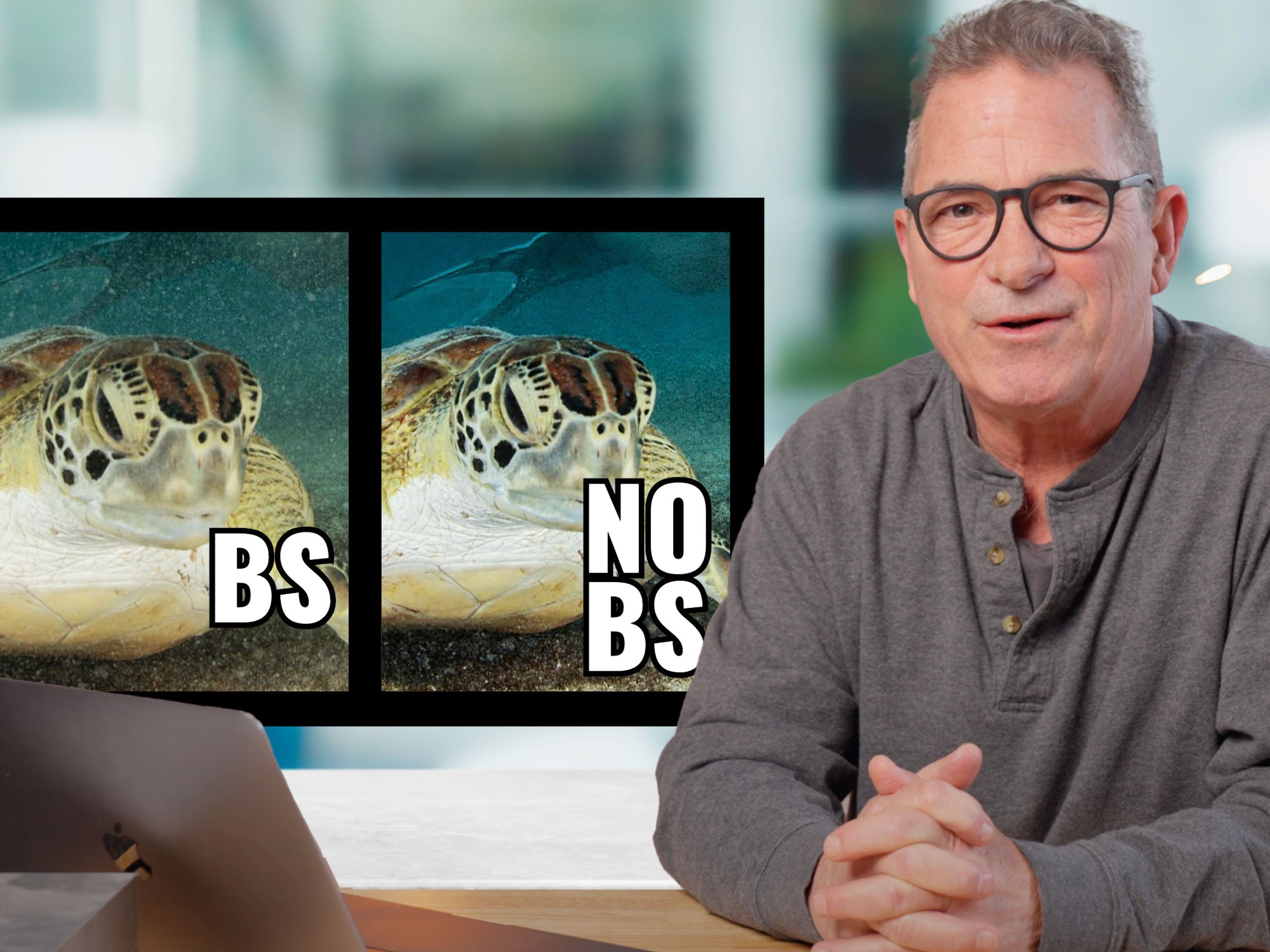Featuring Steve Miller
It's always exciting to photograph sharks, but never more-so than during the golden hour at sunset as they swim just below the surface of the water. Ikelite Photo Guru Steve Miller travels to Micronesia, to capture a bucket-list shot with Manta Ray Bay Resort on the island of Yap. Steve breaks down the exact recipe for success shooting these unique half-in, half-out of the water captures.
One of the most anticipated photo trips that I've ever taken was to Yap for Manifest because I knew I was going to be able to shoot sunset split-shots with sharks, very famous images. I'd never had the opportunity previous to this so I really obsessed over, well, how are you going to approach this? What settings?
I talked to different photographers, I thought about everything from the best port and lens configuration. I considered using sticks and poles and strings and everything else.
I'm happy to say that I pretty much killed it. I was really happy with the results that I got from this trip. So I want to share with you some of the thought processes and settings that I used to make these images work.
"It's always a great idea with any kind of split shot to shoot in a burst mode"

1/160 • f/16 • ISO 400 © Steve Miller
TTL Flash
Now, the interesting thing here is that the lighting is going to change. We call it sunset splits because what you want is the classic shark with a beautiful sunset behind it. But you're probably going to be there to anchor up before the sun even sets. So your first few images might be broad daylight, but then they're going to change. Your second images might be with a colored sky and your final image might be total blackness after the sun is fully set and you just shoot in the dark.
I have bad news and good news. The good news is you don't have to worry about your strobes at all about the flash. The bad news is that you do have to be concerned about the sky because its exposure is going to change by a very large amount. Probably a half a dozen stops from the time you start this shoot to the time you end the shoot.
Let's talk about some specific techniques that'll work for this.
So essentially in this scenario we're not getting into the water, we're hanging over the side of the boat. Just a little pro-tip, grab one of the life vests over the boat and hang it over the gunwale. It's a lot more comfortable to rest on because you're going to be hanging over it for a little while. Now, I said earlier that you're not going to have to worry much about your strobes and that's because the way I shoot these is I put the strobes into TTL mode. Now, when TTL mode is set on the Ikelite strobes, basically you can't overexpose and that's the danger here.
Fisheye Lens
You're not going to see these sharks coming and going. Some of them are going to be, well, they're going to come up and even mouth your ports. So some of them you'll be shooting at point blank from six inches or a foot away (15.2 - 30.4 cm). For that reason, I'm a strong believer in the fisheye lens. I've used the fisheye lens exclusively for this kind of shooting, whether it's the Tokina 10-17mm or the Canon 8-15mm. I like the depth of field and the fast close focusing ability of the fisheye lenses.

1/160 • f/16 • ISO 400 © Steve Miller
"I've used the fisheye lens exclusively for this kind of shooting... I like the depth of field and the fast close focusing ability of the fisheye lenses."
Camera Settings
The settings that you put on your camera are going to be based on the flash, of course, but also the ambient light. So let's start with the basics.
We have a lot of light in this area, both from the sky and from my strobes. Your ISO, you can go ahead and leave it low. Set it at say 400, for example. 200 would be fine as well.
The aperture, now whenever we use a wide lens behind a dome port, we want to be stopped down. So minimum f/8, if you can get to F/11 or F/16, that would even be a little bit better because it's going to give you a little slop room.
But then for the aperture and shutter speed combination with your ISO, what is going to happen is it's going to change when you first get there. There might be a pretty high sun above, so you're going to be shooting at a particular set of f-stops. But then an hour later, when the sky colors up, you're going to find that you've got a lot of beautiful color, but you've lost probably 2 or 3 f-stops of light.
Adjusting Exposure
When it's all over, you're basically shooting in blackness. So what we did on this trip was we changed the aperture as the sun went down. In other words, we fixed our ISO, about 400, left it there. We fixed our shutter speed at about 1/125th and left it there. And then we changed the aperture. As the night drug on and the light went down and the sun got lower in the sky, we just opened that aperture up a little more each time to make sure that the exposure of the upper half is good.

1/200 • f/14 • ISO 200 © Steve Miller
Don't stop shooting when the sun gets low, just open your aperture up. Night time can make for some really unique images.
Flash Exposure
When you look at the scene, whether it's the first part of the dive in daylight, the end of the dive at night, or in the middle with the colored up sky, that's going to be the exposure you wanna set your camera to.
The reason for this is that your strobes are dangling down in the water and your strobes are only going to hit the sharks coming in. Obviously, they're not going to impact the exposure on your sky. And that exposure on the sharks by your flash is going to be determined by TTL.
So the good news is don't worry about what's down below. Just put the strobes on TTL, make sure they're pointed forward, and try to time your shutter releases to when the sharks are making a close pass.
In the meantime, and if you're in a situation where you're having to take turns doing this, which is often the case, it's very helpful for other people on the boat to kind of give out a running tally of what the sun is doing. So in other words, if we've gone from F/8 to F/5.6, it's nice to call it out so everybody knows, "hey, I need to open up my lens, or else my sky is going to be very, very dark."
Manual Flash
If you prefer to not use TTL on your strobe, so you want to shoot them in a manual power position, certainly you can do this as well. The only challenge of this type of shooting is that you don't see everything that's going on underwater.
If you calculated that half power is going to nicely light the shots for the sharks that are coming in about four or five feet away from you. Well, if one comes in from the side from just inches away, it's very possible that that power setting that you chose for your strobe might overpower it, might overexpose it. Unfortunately, if you do that, if you overexpose your subject real bad, there's really not a lot that you can do in Lightroom or Photoshop afterwards. That's why I like to use TTL.
But if you want to shoot manually, you certainly can. You'll have to experiment and you'll have to choose which shark at which distance range from your strobe that you want to set that power to accommodate. I would start at 1/4 power if I was doing it in manual.

1/200 • f/14 • ISO 400 © Steve Miller
"One little change in the waterline can really make the difference between a good and a great photograph."
Drive Mode
So when you've made your exposures and your sky is perfect and your sharks are perfect, hopefully you'll have some beautiful images.
I will give you a little pro-tip here: the action goes very quickly when the sharks come in close, and you're not going to see exactly what's going on. Mainly what you're going to be looking out for is your hands and your strobes and the sharks going by. So, it's a great idea to put your camera into burst mode.
Now, if you're afraid of going into burst mode because of your strobes, it depends on what strobes you're using. If you're using a strobe like Ikelite strobes with rechargeable power packs, they will easily keep up in a burst situation. So if you've got the power for it, and your strobes can handle these recycle times, it's always a great idea with any kind of split shot to shoot in a burst mode because you're going to be getting off three, four, five, six frames in the amount of time that you do one or two. One little change in the waterline can really make the difference between a good and a great photograph.

1/160 • f/13 • ISO 320 © Steve Miller
Focus Mode
One question in particular that you might be wrestling with is, which focus mode should I use for this kind of shooting? Particularly as the night drags on and it's getting darker and darker, how's your camera going to autofocus if there's no light down there?
I put my camera on spot focus and I use a fisheye lens and I use a big dome. This is going to give me three things that I can count on. One is I know the fisheye lens will focus super close and super fast. Two, I know that the big dome will be very crisp even at the corners for me. And three, the combination of the super wide lens (we're talking lenses in the 7 to 8 to 10mm range) they are so wide, they gather so much light that they will find the light to focus. The short version is don't overthink it. You need to use a super wide lens for this anyway. These lenses collect so well even in low light situations that I don't think you'll have a lot of problems with focus lock because there's not a lot of light in the scene.
If you wanted to give yourself some insurance against this, then what you can simply do is put a small modeling light on top of your camera or turn the lights of the strobes on so they throw a little bit of ambient light into the scene. With these super wide lenses, your camera will focus very quickly even in a very low light situation like sunset splits.
Sunset splits are some of the funnest images I've ever gathered. If you'd like to join us, Mantafest happens every year at the end of August, beginning of September. We'll be there and I hope you are too.
Additional Viewing
Shark Over Under Photography Camera Settings and Technique
Dealing with Droplets when Shooting Split Shots
Split Shot Editing // Balancing Exposure Underwater and Above in the Lightroom [VIDEO]
Yap, Micronesia Underwater Photography
Underwater Photographers' Paradise + Prizes?! Traveling to Yap, Micronesia for MantaFest [VIDEO]
GET the Canon 8-15mm Fisheye Before It's GONE! // Underwater Review & Results
BURST shooting // Using Drive Mode to your advantage underwater [VIDEO]
 Ambassador Steve Miller has been a passionate teacher of underwater photography since 1980. In addition to creating aspirational photos as an ambassador, he leads the Ikelite Photo School, conducts equipment testing, contributes content and photography, represents us at dive shows and events, provides one-on-one photo advice to customers, and participates in product research and development. Steve also works as a Guest Experience Manager for the Wakatobi Dive Resort in Indonesia. In his "free" time he busies himself tweaking his very own Backyard Underwater Photo Studio which he's built for testing equipment and techniques. Read more...
Ambassador Steve Miller has been a passionate teacher of underwater photography since 1980. In addition to creating aspirational photos as an ambassador, he leads the Ikelite Photo School, conducts equipment testing, contributes content and photography, represents us at dive shows and events, provides one-on-one photo advice to customers, and participates in product research and development. Steve also works as a Guest Experience Manager for the Wakatobi Dive Resort in Indonesia. In his "free" time he busies himself tweaking his very own Backyard Underwater Photo Studio which he's built for testing equipment and techniques. Read more...


